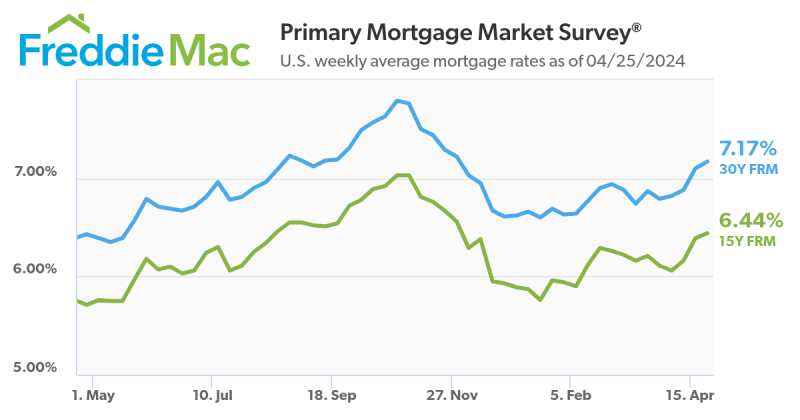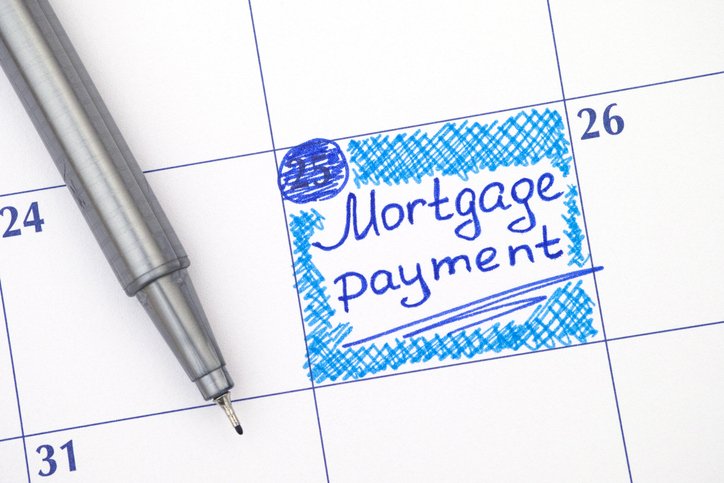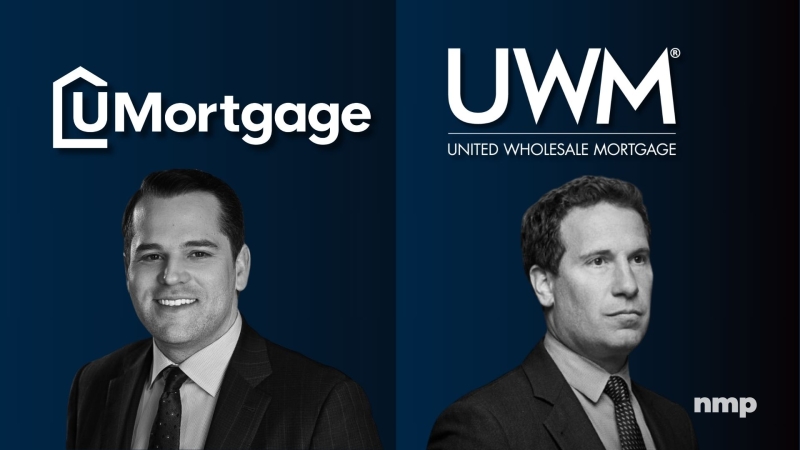Advertisement
Five little ways to market small loans
Home sales predicted positive for 2005mortgagepress.comU.S. home sales, homeownership, commercial, multi-family markets
Last year was a record-breaking year for U.S. homeownership, new
and existing home sales, and for commercial and multi-family loan
originations. While the mortgage marketplace is expected to
moderate a bit from the record-setting pace of 2004 because of
rising interest rates, 2005 is expected to be the second-best year
on record.
For the year, the homeownership rate averaged 69 percent, up
from the 68.3 percent record set in 2003, according to the U.S.
Department of Housing and Urban Development.
"These numbers show that housing is still leading the way in our
rapidly recovering economy," said HUD Secretary Alphonso
Jackson.
According to the U.S. Census Bureau, the U.S. homeownership rate
ended 2004 at 69.2 percent, a record level first achieved in the
second quarter. The fourth quarter data indicated that the
homeownership rate among blacks stood at 49.1 percent, down from
49.4 percent in the same period of 2003. Meanwhile, the Hispanic
homeownership rate hit 48.9 percent in the fourth quarter, up from
47.7 percent a year earlier. The homeownership rate for whites was
76.2 percent, up from 75.5 percent in the fourth quarter of
2003.
While the December pace for existing home sales declined 3.3
percent to 6.69 million units from 6.92 million in November, total
existing single-family home sales surged in 2004 to 6.68 million,
up from 6.1 million in 2003 and marking the fourth consecutive
record-breaking year, according to the National Association of
Realtors.
"Our sense was that November sales were the peak for the current
housing cycle, but activity remains strong," said NAR Chief
Economist David Lereah. "There is no sign of a downturn. Home sales
will continue at historically high levels, and 2005 is expected to
be the second-best year on record for the housing market."
New single-family home sales totaled 1.18 million in 2004,
easily beating the previous years record of 1.09 million by 8.3
percent, according to the U.S. Census Bureau. This includes a 13
percent drop in sales in November and no rebound in December.
Economists with the National Association of Home Builders said they
didnt detect any "softness" in the new home market, but do expect a
three to four percent decline in sales because of rising mortgage
rates.
Commercial and multifamily mortgage bankers also set records in
2004. According to the Mortgage Bankers Association, the $136
billion in loan originations reported for 2004 were up 16 percent
from the $117 billion reported in 2003.
"The continued availability of capital from lenders and demand
from borrowers combined to produce new record loan originations in
2004," said Douglas G. Duncan, MBA chief economist and senior vice
president of research and business development. "With commercial
property values strong, interest rates low, the economy growing and
real estate markets starting to improve, 2005 looks to produce more
of the same."
The increase in commercial/multifamily lending activity during
2004 was across most property and investor types. Commercial
mortgage bankers originated $50.4 billion of loans on multifamily
properties, representing 37.3 percent of total originations, down
from 41.6 percent in 2003. Office lending was the next most active
property group, with $33.2 billion in originations or 24.5 percent
of the total, followed by retail originations of $24.8 billion or
18.3 percent of the total. The largest percentage increase in
commercial mortgage lending was for office properties, where the
$33.2 billion in originations for 2004 represented a 27.7 percent
increase from 2003 volumes.
"By any measure, our industry had a great year," said MBA Chair
Michael Petrie. "We're flush with capital. We outperformed other
asset classes, and weve earned a permanent place in institutional
asset allocation models."
Despite the prospects for higher interest rates in 2005 and
declines in sales from the record-shattering pace set in 2004, most
industry experts are optimistic about the outlook for 2005.
"Going into 2005, we have a lot of momentum," said David Lereah.
"Mortgage rates are low and sales should tail off a bit, which
should take some pressure off inventories and increase the number
of homes for sale."
Nearly half of small- and medium-size banks and thrifts expect
to see an increase in single-family originations in 2005, compared
to 2004, while only 21 percent expect a decline, according to
America's Community Bankers "ACB 2005 Real Estate Lending
Survey." Lenders were also optimistic about increases in
dollar volume of home equity loans (68 percent), commercial real
estate loans (60 percent), construction loans (54 percent) and
multifamily loans (29 percent). The survey was compiled from
responses by 553 community banks, broadly reflecting community
banking. The questionnaire was mailed in the fourth quarter of
2004, requesting information as of Sept. 30. The margin of error
was 4.25 percent. The survey included all ownership types,
charters, asset sizes and regions of the country.
Fannie Mae economists expect house price appreciation to drop
from 10 percent in 2004 to 3.5 percent this year and to remain
within the range of 3-3.5 percent for the next few years. Believing
that the record home sales of 2004 were fueled in part by investor
purchases, these economists are forecasting a 22 percent decline in
originations to $2.19 trillion for 2005. But this isnt necessarily
bad news for homebuyers.
"This slowing in the rate of home-price appreciation will be
welcome news for homebuyers, yet the market remains favorable for
home sellers because housing inventory levels are tight," said
Lereah. "The home price gains expected this year will remain above
the high end for historic norms, which are one to two percentage
points higher that the overall rate of inflation."
About the author





